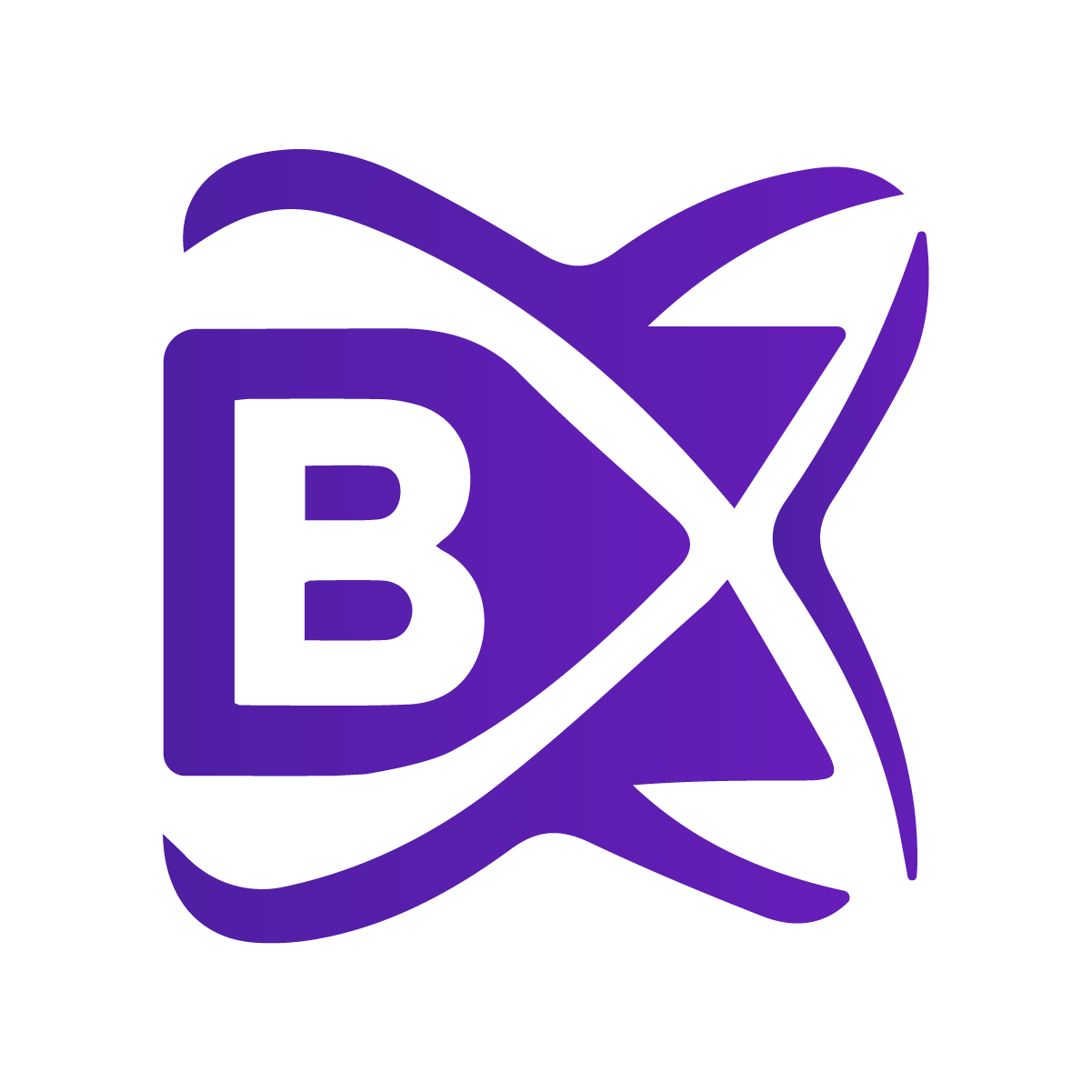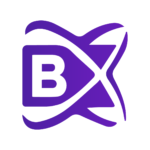Write a brief note on Blockchain?

Blockchain:
A blockchain is an algorithm in which a number of transaction details are bundled to form a block, several blocks are connected like a chain using hashes , and then is called With blockchain technology, it is impossible to forge and falsify data, so reliable and secure transactions and data processing can be performed even without an authoritative intermediary.
Blockchain is a core technology used in cryptocurrencies such as Bitcoin and Ethereum . Even without a third-party intermediary such as a bank, anyone can make reliable and secure transactions using blockchain technology. Blockchain can be used not only for cryptocurrency, but for all data processing that has online transaction history and requires history management. Blockchain-based Smart contract migration , logistics management system, document management system, medical information management system, copyright management system, social media management system, game item management system, electronic voting system, identity verification system, etc. can be used in various ways. Blockchain is one of the core technologies of the 4th industrial revolution . By using blockchain technology that does not require an intermediary, it is predicted that mankind will be able to enjoy great social changes and benefits beyond those brought by Internet technology in the past based on new transaction methods and organizational operating principles.
Concept:
Blockchain is simply called ‘distributed ledger’ technology. In other words, it is a technology that distributes, stores, and manages the ledger that records transaction details to a large number of people. To be more specific, a blockchain is a data block by tying multiple online transaction records , using a hash value to connect the previous block and subsequent blocks like a chain , and then It is a technology that distributes, stores and manages all or part of information by copying it to multiple computers around the world in a peer-to- peer (P2P) method.
History:
Satoshi Nakamoto:
Blockchain has its roots in the cypherpunk movement . Cypherpunk are social activists who want to create a decentralized system that guarantees anonymity by using encryption technology to protect individual privacy against centralized countries and large corporations . In 1990, David chum founded a company called digicash , founded the first commercial cryptocurrency, ecash , and proposed an anonymous trading system. He also devised a smart contract -based cryptocurrency called bit gold. However, due to the technical limitations of the time, the actual token migration platform development was difficult and it was not widely used. Read more about crypto token migration.
Blockchain was first created by a person under the pseudonym Satoshi Nakamoto . On October 31, 2008, he wrote a thesis titled Bitcoin: Individual-to-Person Electronic Money system and sent it to a mailing list that is used jointly by those involved in cryptology. The following year, on January 3, 2009, Satoshi Nakamoto developed Bitcoin , the first cryptocurrency to which blockchain technology was applied, and developed C++ language. After that , several new coins such as name coin , colored coin, and Metacoin, which partially modified the source code of Bitcoin, appeared.
In 2013, Vitalik Buterin wrote an Ethereum white paper and proposed a smart contract using blockchain technology . The following year, in 2014, Vitalik Buterin secured development funds through ICO , and on July 30, 2015, Ethereum and started ethereum service on Unlike the existing Bitcoin, which was limited to the electronic money function that has the function of storing and transmitting value, Ethereum was a breakthrough technology that could manage various contracts without forgery or falsification using block chain technology. In this respect, Bitcoin is called ‘blockchain 1.0’ and Ethereum is called ‘blockchain 2.0’. Learn more about Ethereum.
Between 2017 and 2018, various cryptocurrencies such as Cardano ( ADA) (ADA), EOS (EOS), and Steem (Steem) appeared. They called themselves Bitcoin as the first-generation cryptocurrency and Ethereum as the second-generation cryptocurrency, calling themselves the third-generation cryptocurrency. In existing blockchain technology , new blocks were created by mining according to the proof-of-work (PoW) method, but they propose a variety of new consensus algorithms such as proof-of-stake (PoS) and delegated proof-of-stake (DPoS), and fast processing speed and scalability.
Blockchain is maintained by the collaboration of individual participants connected to the network, without an authoritative central organization or institution or institution that processes, records, and manages transactions.
Data stored in the blockchain is copied and distributed to all nodes connected to the network. A node refers to each entity constituting a network. For example, if 10 computers are connected to each other to form a network, each individual computer becomes a node. In other words, this system is a network system consisting of 10 individual nodes. In the server-client structure, the original data is stored in the server and the client accesses the server to view, copy, and download data. However, in the blockchain network structure, there is no central server and all nodes participating in the network copy data to each other. Thus, the same data is distributed and stored. Data stored in the blockchain does not distinguish between originals and copies. Individual nodes participating in the blockchain network have the same data as each other by copying and storing data in other nodes. In this case, a node in which the entire data is copied and stored 100% identically is called a full node, and a node in which only a part of the data is copied and stored is called a light node.
Characteristic:
Data stored in the blockchain is copied and distributed to all nodes connected to the network. A node refers to each entity constituting a network. For example, if 10 computers are connected to each other to form a network, each individual computer becomes a node.
In other words, this system is a network system consisting of 10 individual nodes. In the server-client structure, the original data is stored in the server and the client accesses the server to view, copy, and download data. However, in the blockchain network structure, there is no central server and all nodes participating in the network copy data to each other. Thus, the same data is distributed and stored.
Data stored in the blockchain does not distinguish between originals and copies. Individual nodes participating in the blockchain network have the same data as each other by copying and storing data in other nodes. In this case, a node in which the entire data is copied and stored 100% identically is called a full node, and a node in which only a part of the data is copied and stored is called a light node.
Orphan block:
When a new transaction occurs in the blockchain network, the details are propagated and announced to all nodes connected to the network. Each node forms a new block by tying all transactions made for a certain period of time into one, and competes to find a hash value that is less than or equal to a target value. Among the numerous nodes participating in the network, the node that first finds the block hash value below the target value wins the competition. The first node to find the block hash notifies the entire network that it has won the competition. Other nodes participating in the network check the validity of the newly created block and, if there is no problem, approve the creation of the block. In this way, if a majority of nodes participating in the entire network approve a newly created block, the block is adopted as an official block and added to the blockchain. If blocks with different transaction details are created at the same time, the network waits for about an hour to watch and selects the chain with the longest length. At this time, other blocks that are not selected are discarded and become orphan blocks, and the newly created block is connected to the end of the block chain with a longer length. Through this process, the blockchain can operate a safe and reliable system through the collaboration of network participants without an authoritative central authority that processes and approves transactions.
There are two types of data that can be stored on a blockchain. One is original data such as text, image, document, music, and video, and the other is hash data obtained by converting the original data using a hash function. It is not impossible to upload both the original data and hash data to the blockchain, but as the file size increases, the overall speed may decrease and management efficiency may decrease. Therefore, in most cases, only the converted hash value of the original data is recorded in the block chain, and the original data is stored in a separate server. Even if a hacker attacks the server where the original data is stored and forges or forges the data, unless the hash values of all nodes in the world that have the hash value are simultaneously forged, the fact of manipulation is revealed and the data cannot be recognized as normal data.


